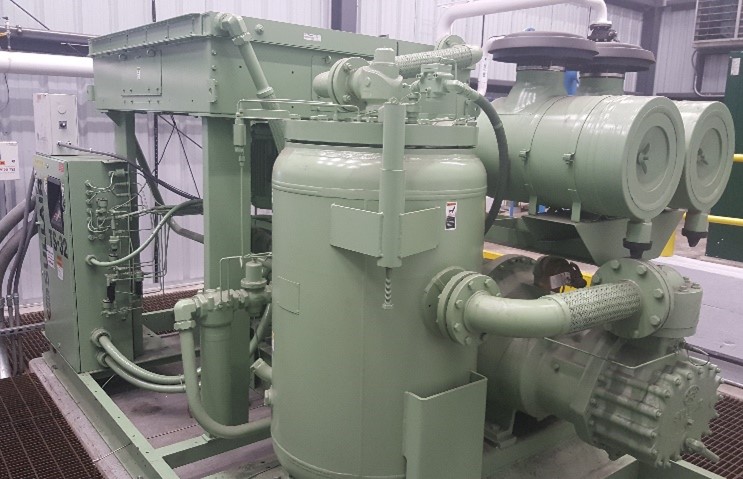 In the realm of manufacturing, maintaining high product quality and safety standards is paramount. This pursuit is fortified by adherence to Current Good Manufacturing Practices (CGMP), a set of guidelines that ensure consistent product quality and safety.
In the realm of manufacturing, maintaining high product quality and safety standards is paramount. This pursuit is fortified by adherence to Current Good Manufacturing Practices (CGMP), a set of guidelines that ensure consistent product quality and safety.
One aspect of CGMP often overlooked is the management of compressed air systems.
Used in a wide array of processes, compressed air can significantly impact product quality and regulatory compliance to CGMP.
The Significance of Compressed Air Systems in Manufacturing
Compressed air systems are the unsung heroes of manufacturing operations, powering a multitude of processes including packaging, conveying, and controlling machinery. Despite its invisible presence, compressed air’s influence on product quality is substantial.
Contaminants such as oil, moisture, and particulates can compromise product integrity and jeopardize consumer safety. Therefore, integrating CGMP into compressed air system management is indispensable.
Federal Guidelines and Their Role
 The FDA publishes comprehensive regulations for CGMP under 21 CFR. This Chapter is further broken down to establish CGMP by sectors, a few of which are:
The FDA publishes comprehensive regulations for CGMP under 21 CFR. This Chapter is further broken down to establish CGMP by sectors, a few of which are:
- Human Food (Part 117)
- Dietary Supplements (Part 111)
- Infant Formula (Part 106)
- Pharmaceuticals (Part 211)
Under 21 CFR Part 211 (CGMP for Pharmaceuticals), compressed air in contact with drug products must be of appropriate quality, with minimal oil content and absence of contaminants.
Other Parts under Title 21 have similar listed requirements for the use of compressed air to stay compliant with CGMF.
Tips for Ensuring Compliance
- Regular System Monitoring and Maintenance: Implementing a rigorous monitoring and maintenance schedule is crucial. Regular checks for leaks, proper filtration, and adequate pressure levels are vital to prevent contaminants from infiltrating the compressed air.
- Filtration Systems: High-quality filtration systems should be installed to remove oil, moisture, and particles. This prevents these contaminants from entering the manufacturing process.
- Proper Component Selection: Choose components made from materials compatible with the manufacturing process and appropriate for the desired quality of compressed air.
- Training and Documentation: Proper training of personnel handling the compressed air system is essential. Comprehensive documentation of maintenance, cleaning, and calibration procedures ensures that the system is operated in compliance with CGMP.
 Having regular service and a personalized maintenance routine will help you stay compliant with CGMP. Blake and Pendleton offer customizable service agreements to help you maintain the high quality of compressed air required of your applications.
Having regular service and a personalized maintenance routine will help you stay compliant with CGMP. Blake and Pendleton offer customizable service agreements to help you maintain the high quality of compressed air required of your applications.
To get started, request a complimentary service inspection with our team or a free compressed air energy evaluation to find out how we can help your compressed air system meet CGMP.
